Featured Articles
Feminism’s 1970s Flagship Faded From View — But In 2017 It’s Back With A Vengeance
Please read original article- Feminism’s 1970s Flagship Faded From View — But In 2017 It’s Back With A Vengeance




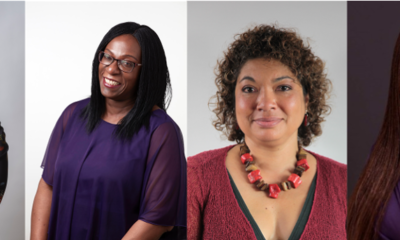

By Bonnie Chiu via https://www.forbes.com/ The work of philanthropy leaders like La June Montgomery and Marilyn Waite, has shed...


BY JULEE WILSON via https://www.essence.com/ Last year we embarked on a mission to pull back the curtain...


By Zoë Ettinger via https://www.insider.com/inspiring-black-women-making-history-in-2020 Each February, Black History Month recognizes, remembers, and respects black people...


By Jay Connor via https://theglowup.theroot.com The National Women’s Hall of Fame prides itself on celebrating the...


By JENNIFER CALFAS via http://money.com Jessica Nabongo had everything she thought she wanted. Quickly moving up the...


In honor of International Women’s Day, we’re highlighting nine global influencers, who are bossing up around...
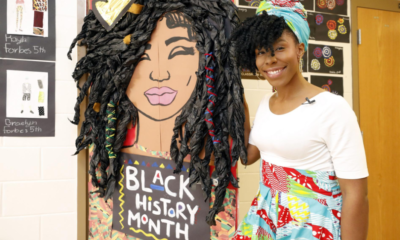
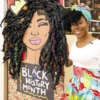
By Kimberly C. Moore via https://www.ocala.com One Florida art teacher is celebrating Black History Month with her students on...
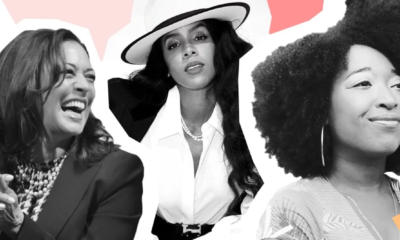

by BRITT STEPHENS viahttps://www.popsugar.com.au This Black History Month, POPSUGAR is disrupting some of the current narratives around women...


By DANIELLE POINTDUJOUR viahttps://www.essence.com There’s an old quote that says “And a little child shall lead them,”...


By AUDE KONAN via https://www.okayafrica.com/ Yes, this was a bad year for many reasons, but we can still...

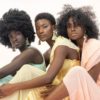
By AMIRA RASOOL via https://www.teenvogue.com t seems like every day a new fashion media platform appears on the...


By Michelle Duster via https://www.huffingtonpost.com “Yes I’m black. Yes I’m a woman. Yes I grew up working-class. How...